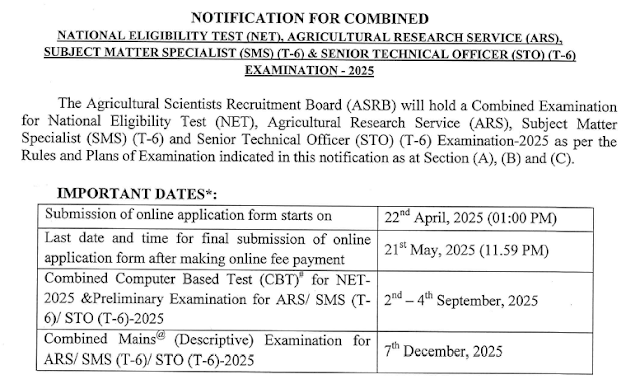🌿 From Forest Whispers to Sacred Scriptures: The Evolution of Medicinal Plants in Pre-Vedic and Post-Vedic India.
- By Farin Khatoon.
India’s rich ethnobotanical tradition spans millennia, rooted in an intimate relationship between humans and nature. Before the written word, healing was oral tradition, passed from one generation to another through observation, ritual, and experience. With the emergence of the Vedas, these traditions were codified into sacred verses, later evolving into the sophisticated medical systems we now identify as Ayurveda. This article traces the evolution of medicinal plant use across two pivotal periods in Indian history: the Pre-Vedic and Post-Vedic eras, offering insight into how spiritual intuition matured into empirical science.
Pre-Vedic Period (Before 1500 BCE): Nature as the First Pharmacy:
The Pre-Vedic period, largely prehistoric and tribal in nature, was marked by deep ecological awareness and survival-based learning. Medicine was empirical—born from trial, error, and oral folklore.
Key Medicinal Plants & Practices
1. Neem (Azadirachta indica)
Archaeobotanical findings from the Mehrgarh civilization (7000–2500 BCE) suggest the use of Neem for oral hygiene, skin disorders, and pest control (Tewari et al., 2007). Even without formal knowledge of pathogens, early humans intuitively used its antifungal and antibacterial properties.
2. Tulsi (Ocimum sanctum)
Sacred across tribes, Tulsi was associated with purification and spiritual defense. Its leaves were chewed or boiled for treating coughs, colds, and fevers, supported today by its scientifically validated immunomodulatory and adaptogenic effects (Pattanayak et al., 2010).
3. Rudimentary Shamanic Healing
Healers in tribal communities functioned as shamans, using chants and leaves to treat illnesses. Though not codified, this period laid the foundation of plant-based spirituality and healing, which would later be formalized.
Vedic Period (c. 1500–500 BCE): Sacralizing the Science of Plants:
With the composition of the Rigveda and later the Atharvaveda, medicine entered a sacred framework. Healing was deeply embedded in cosmology, and plants were revered not just as treatments, but as divine gifts.
Botanical Highlights in Vedic Texts
1. Soma
Described in over 120 hymns of the Rigveda, Soma was a mysterious, possibly hallucinogenic plant, consumed as a sacred elixir by priests. Scholars associate it with Ephedra spp., Sarcostemma acidum, or even Amanita muscaria, due to its psychoactive effects (Wasson, 1968).
2. Ashwagandha (Withania somnifera)
Referred to in Atharvavedic hymns, Ashwagandha was administered for promoting youthfulness, vigor, and mental clarity—a practice validated by its modern use as an adaptogen and anti-stress agent (Singh et al., 2011).
3. Vedic Pharmacology
The Atharvaveda mentions nearly 290 plants, including haridra (turmeric), amrita (Tinospora cordifolia), and yava (barley), used for various ailments. This corpus represents the transition of herbal knowledge into ritualistic and therapeutic domains.
Post-Vedic Period (500 BCE onwards): Systematization and Scientific Codification
As India entered the Classical period, healing knowledge was consolidated in treatises such as the Charaka Samhita, Sushruta Samhita, and Ashtanga Hridaya. These texts established diagnostic systems, plant classification, and pharmacological profiles—making India’s system one of the world’s earliest rational medical traditions.
Hallmark Contributions and Medicinal Plants
1. Haritaki (Terminalia chebula)
Hailed in the Charaka Samhita as “the king of medicines”, Haritaki was used for its laxative, detoxifying, and rejuvenating properties (Sharma et al., 2010). It is a major component of Triphala, a formulation still widely used.
2. Turmeric (Curcuma longa)
The Sushruta Samhita refers to turmeric’s application in wound healing, skin ailments, and digestive disorders. Today, curcumin, its active compound, is extensively researched for anti-inflammatory and antioxidant effects (Aggarwal et al., 2007).
3. Plant Classification and Formulations
Post-Vedic scholars developed dosha-based diagnosis (Vata, Pitta, Kapha) and matched herbal formulations accordingly. Thousands of polyherbal recipes, including Chyawanprash and Dashamoola, were curated during this period.
Global Legacy and Modern Relevance
The journey of Indian medicinal plants didn’t end in antiquity. Today, India is home to more than 7,500 known medicinal plants, many of which form the backbone of global nutraceutical and pharmaceutical markets (Patwardhan et al., 2005).
Moreover, international organizations such as WHO recognize Ayurveda as one of the traditional systems of medicine worthy of research and integration.
Conclusion
The evolution of plant-based medicine in India is not just historical—it is philosophical. What began in tribal forests as whispered wisdom, evolved through Vedic chants into structured knowledge systems, and continues to influence modern medicine today. These plants, ancient yet alive, carry the legacy of a civilization that learned to heal by listening to nature.
References
-
Aggarwal, B. B., Sundaram, C., Malani, N., & Ichikawa, H. (2007). Curcumin: the Indian solid gold. Advances in Experimental Medicine and Biology, 595, 1–75. https://doi.org/10.1007/978-0-387-46401-5_1
-
Pattanayak, P., Behera, P., Das, D., & Panda, S. K. (2010). Ocimum sanctum Linn. A reservoir plant for therapeutic





Comments